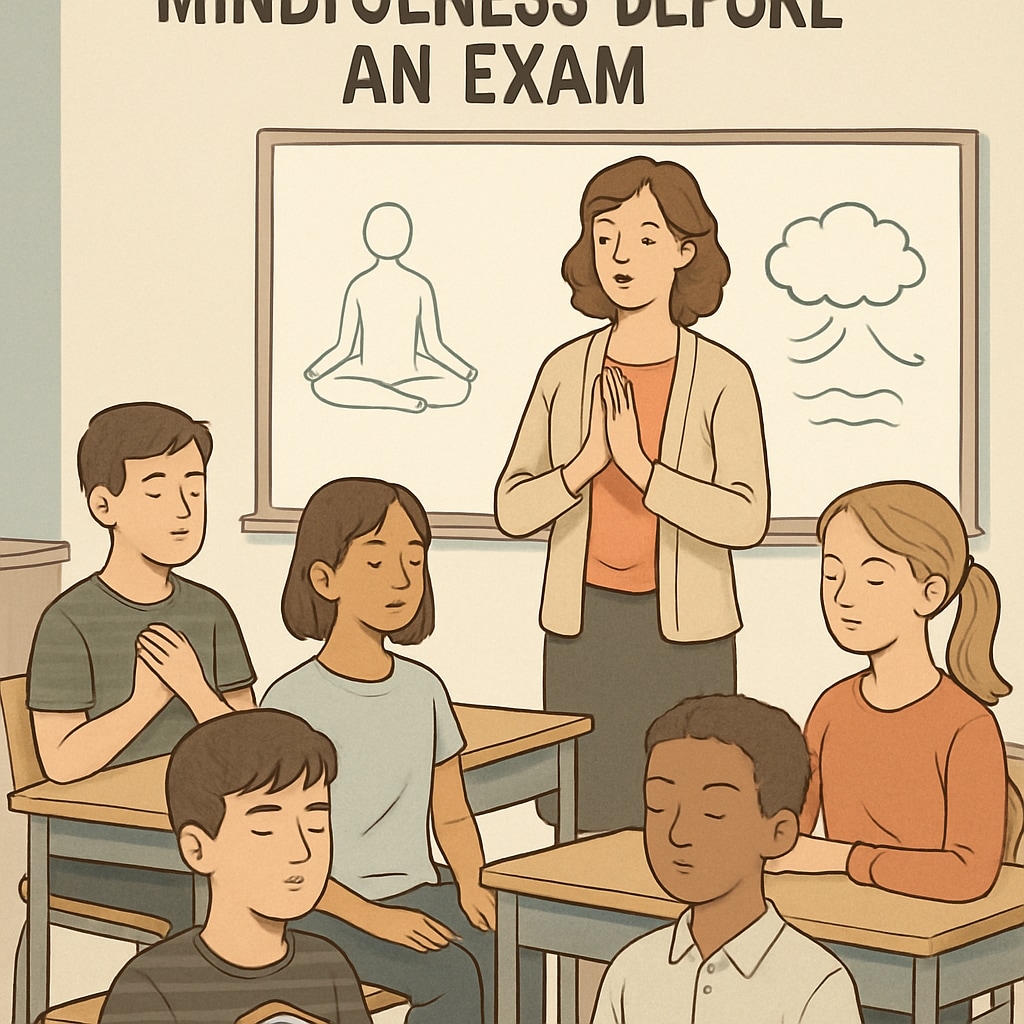Math anxiety, multiple-choice challenges, and exam pressure are obstacles that many students face, particularly during high-stakes tests like mathematics exams. For a 17-year-old transfer student, these challenges became an invisible barrier to academic success. This article delves into the psychological mechanisms behind math anxiety, specifically in the context of multiple-choice questions, and offers practical strategies to help students reclaim control and confidence in their mathematical abilities.
Understanding the Roots of Math Anxiety
Math anxiety is more than a fleeting feeling of nervousness before exams. It is a persistent fear or dread of mathematics that often stems from past negative experiences, societal stereotypes, or a lack of foundational skills. Multiple-choice questions, in particular, can be daunting because they often require precision, critical thinking, and an ability to navigate through distractors—wrong answers designed to confuse test-takers.
The 17-year-old transfer student mentioned earlier shared their experience of feeling paralyzed during exams. They recalled instances where an incorrect answer in practice tests led to self-doubt, further fueling their anxiety. This vicious cycle is common among students who wrestle with math anxiety.

How Multiple-Choice Questions Heighten Exam Pressure
Multiple-choice questions present unique challenges compared to open-ended or essay-based questions. Students often feel trapped by the need to select the “perfect” answer from a list of options. The presence of plausible distractors can create a cognitive overload, leading to second-guessing and time mismanagement. Combined with the pressure of limited time, this can escalate into what psychologists term “math paralysis.”
To illustrate, consider a question that includes two correct answers but requires the test-taker to select all that apply. The fear of missing one correct option or choosing an incorrect one amplifies the stakes. This is especially true for students who already struggle with confidence in their mathematical reasoning.
Strategies to Combat Math Anxiety and Multiple-Choice Challenges
Overcoming math anxiety and excelling in multiple-choice sections requires a combination of psychological strategies and practical exam techniques. Here are some actionable steps:
- Cognitive Restructuring: Replace negative thoughts with positive affirmations. For example, instead of thinking, “I’m terrible at math,” remind yourself, “I am improving with practice.”
- Practice Under Simulated Conditions: Familiarize yourself with multiple-choice formats by practicing in timed settings. This reduces the fear of the unknown and builds confidence.
- Use the Process of Elimination: Narrow down options by eliminating clearly incorrect answers first. This simplifies the decision-making process.
- Mindfulness Techniques: Incorporate deep-breathing exercises or mindfulness meditation before exams to lower stress levels.
- Seek Support: Engage with teachers, tutors, or study groups to clarify concepts and build a strong foundation in mathematics.

Rebuilding Confidence: A Key to Success
Confidence plays a pivotal role in overcoming math anxiety. Students who believe in their ability to succeed are more likely to approach exams with a calm and focused mindset. For the 17-year-old transfer student, adopting a growth mindset—a belief that abilities can improve with effort—was transformative. They began to view mistakes as opportunities to learn rather than as failures.
In addition, schools and educators can play a significant role in supporting students. By creating a positive and encouraging learning environment, educators can help reduce the stigma around making mistakes and foster resilience in students.
Final Thoughts
Math anxiety, multiple-choice challenges, and exam pressure do not have to define a student’s academic journey. By understanding the root causes of anxiety and implementing targeted strategies, students can develop the confidence and skills needed to excel. The road from fear to mastery may seem daunting, but with persistence and support, it is entirely achievable.
For further insights into managing exam stress, consider exploring resources like this Wikipedia article on test anxiety or this detailed guide on anxiety management on Britannica.
Readability guidance: Short paragraphs, frequent use of transition words, and actionable tips make the content accessible and engaging. The article balances psychological insights with practical strategies to ensure a comprehensive approach to addressing math anxiety.


